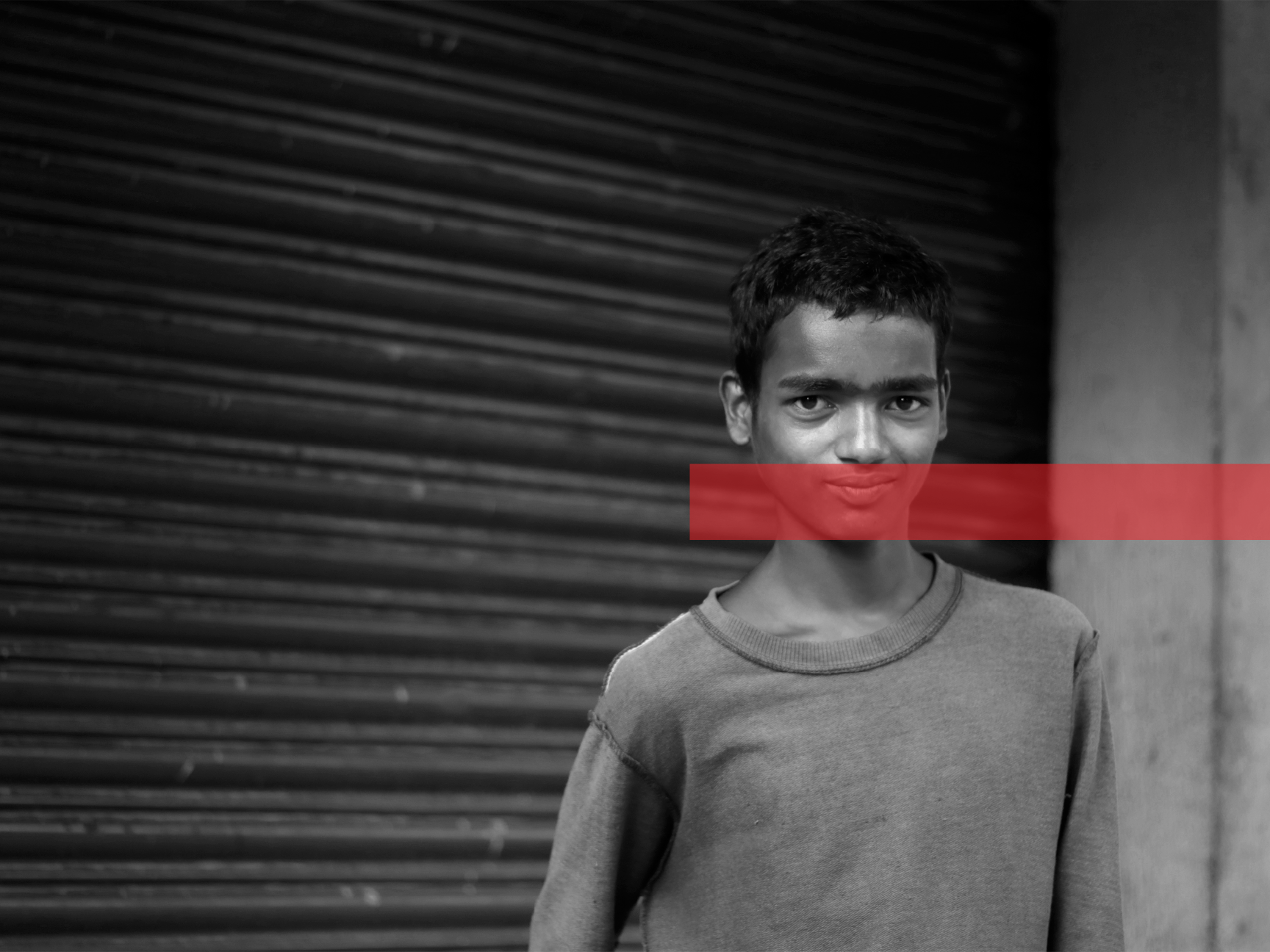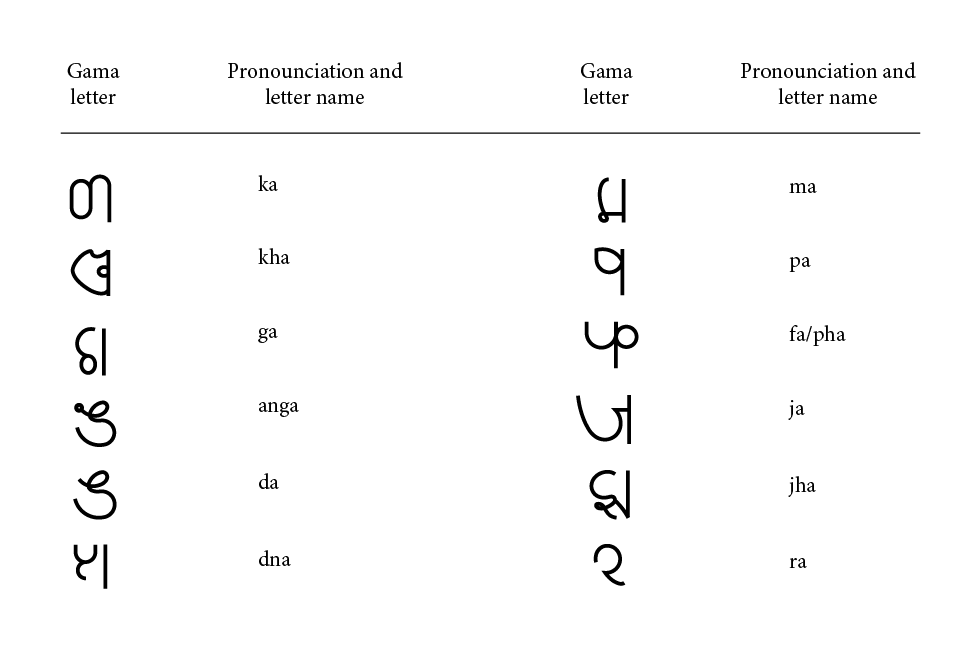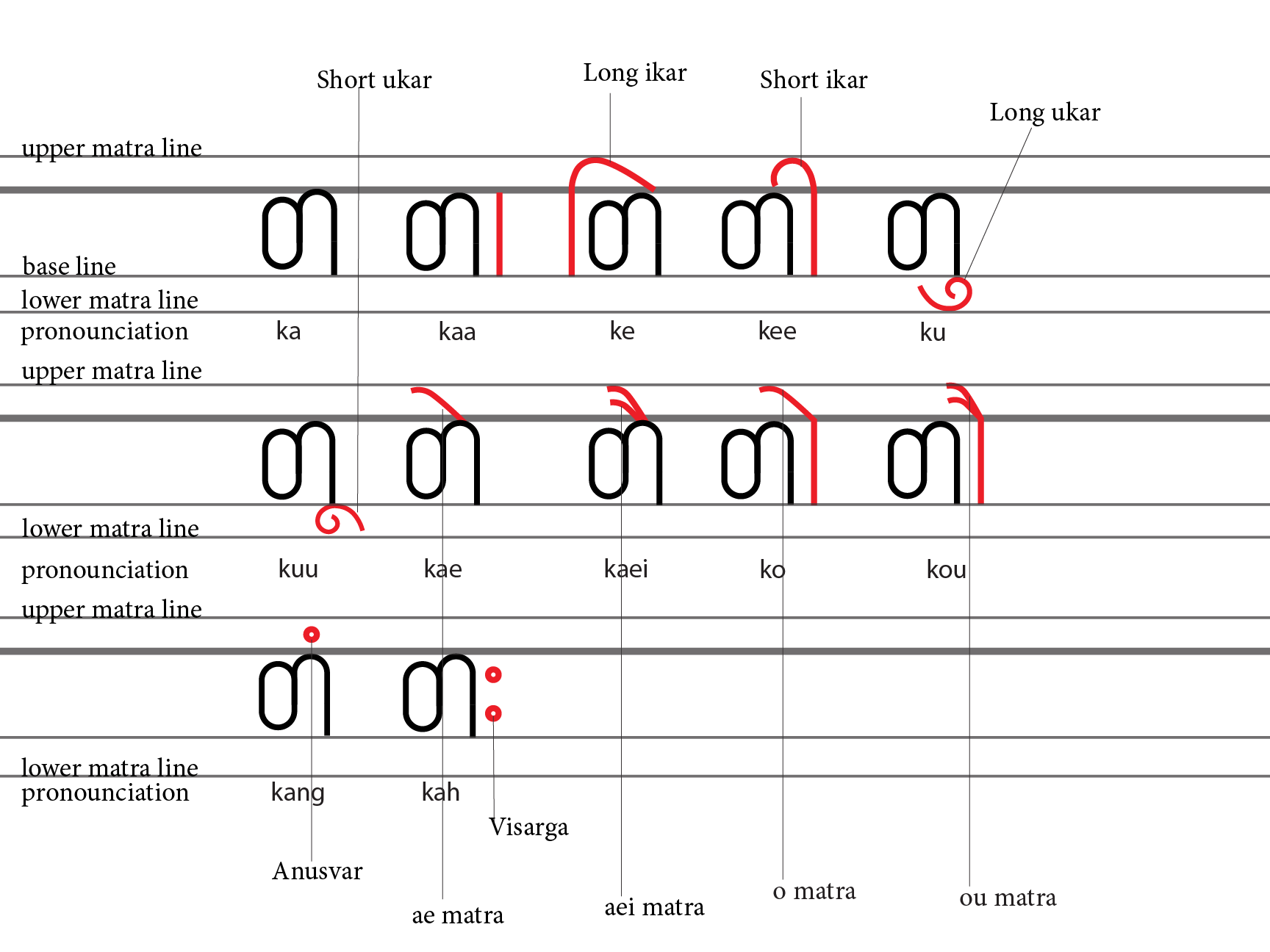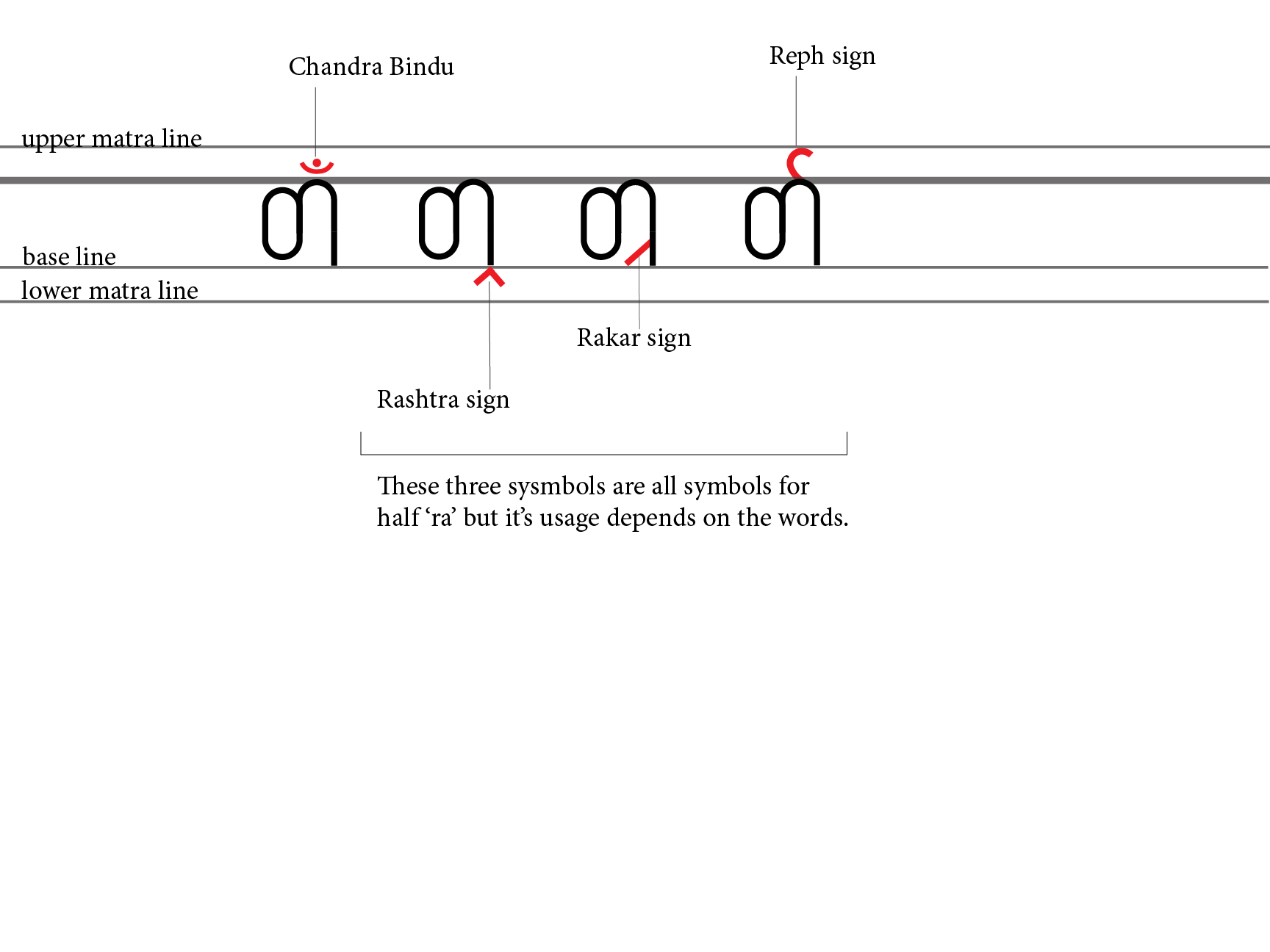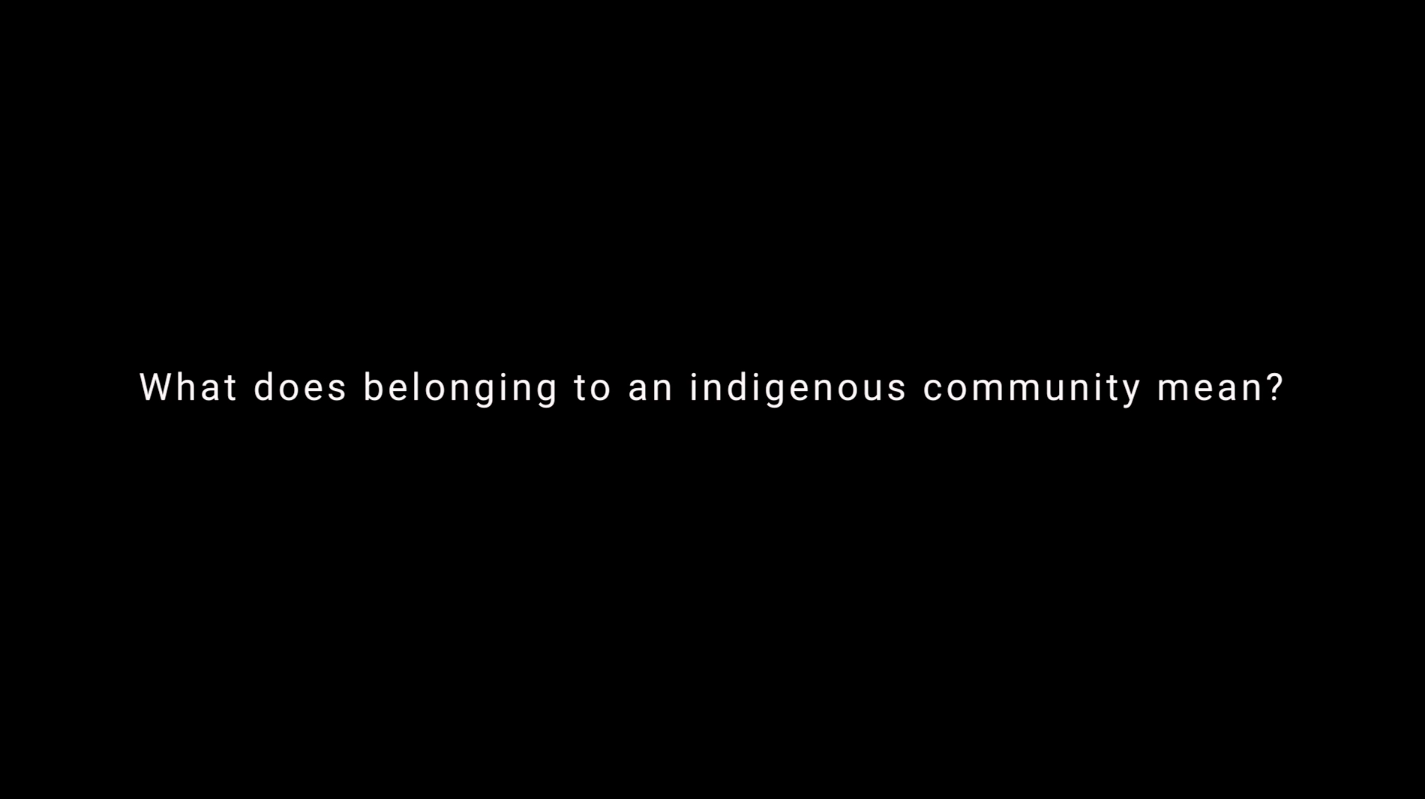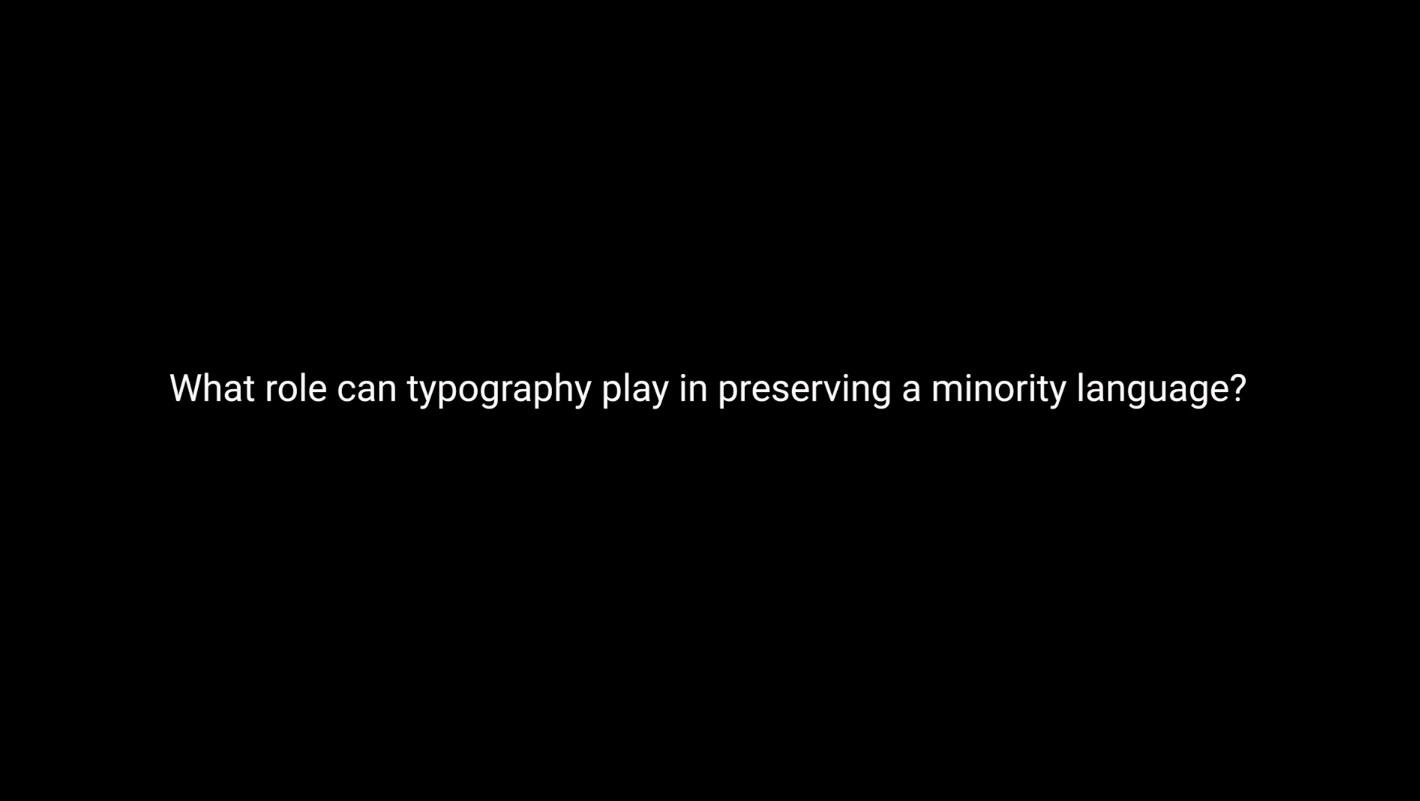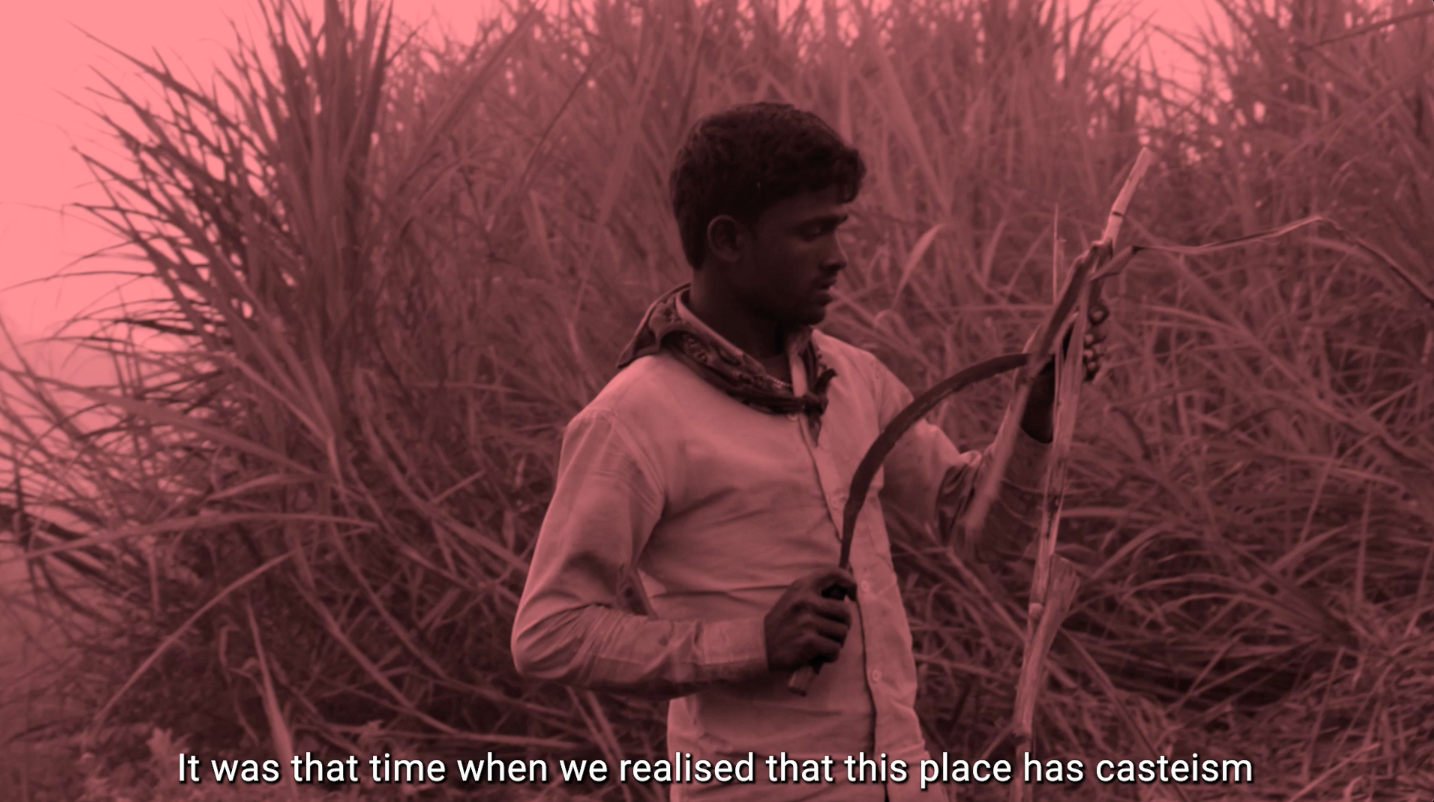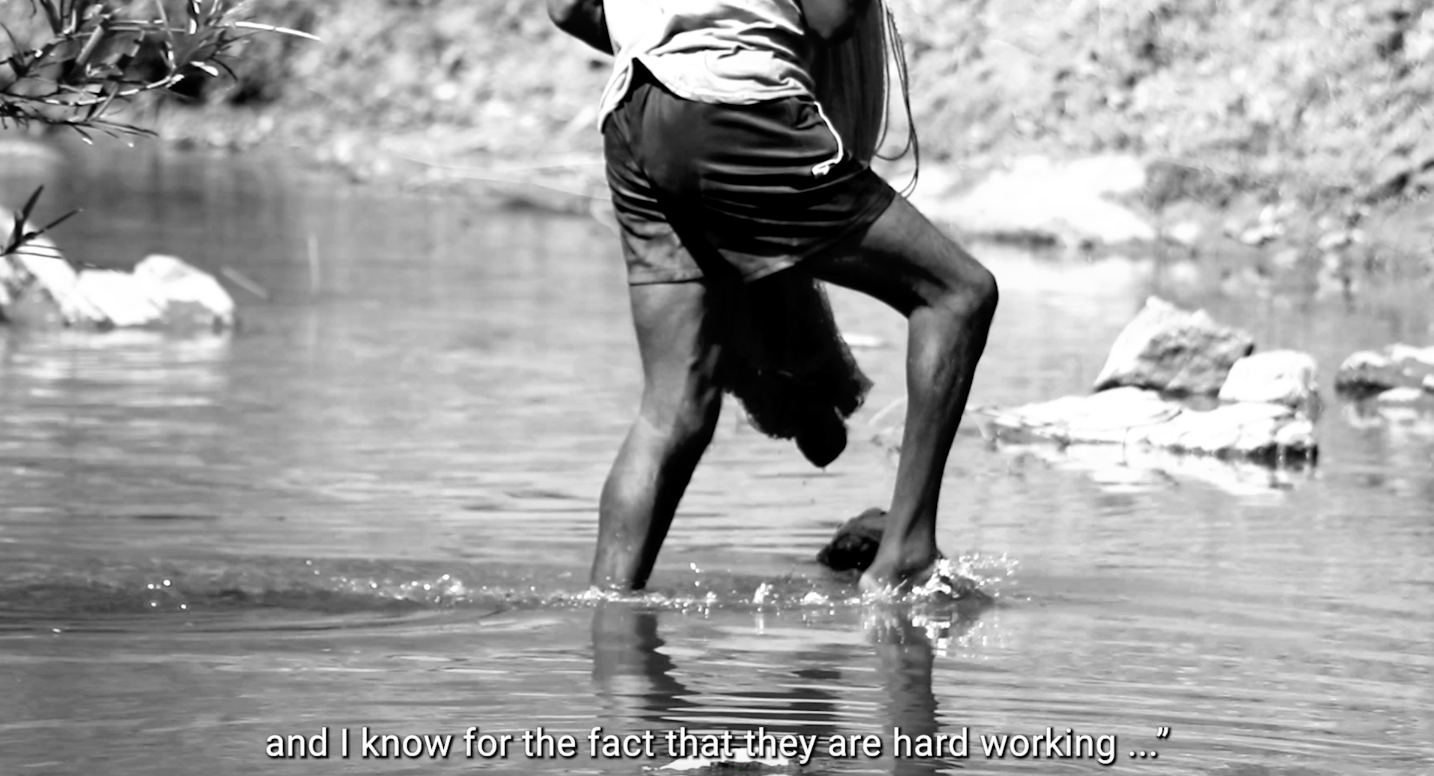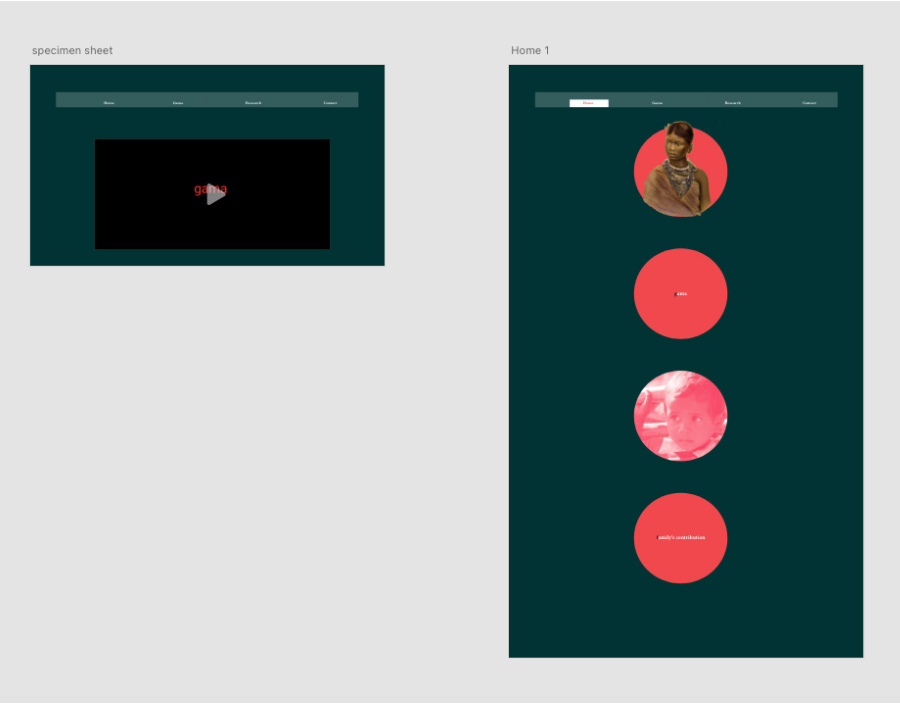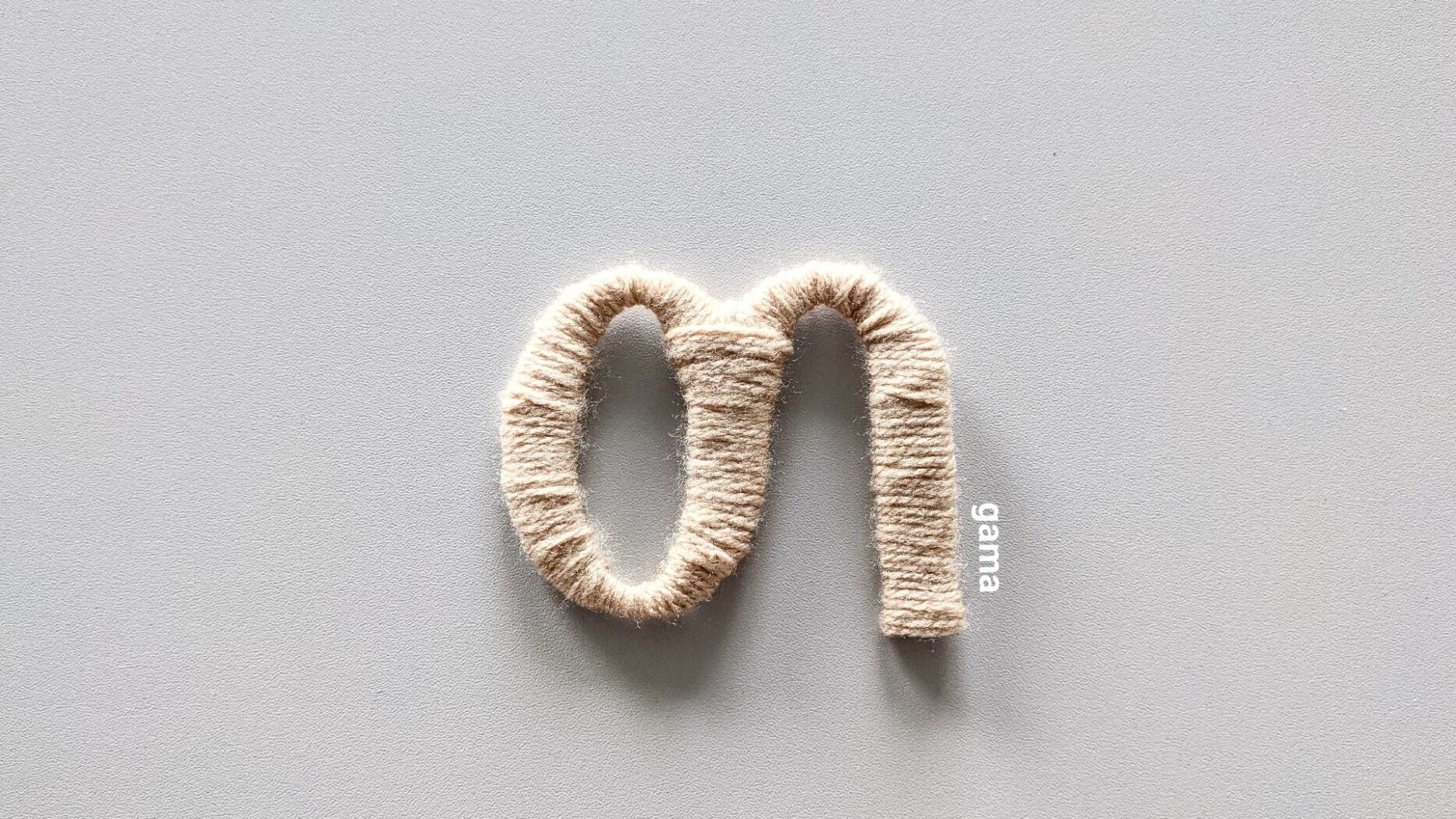
Gama
Gama is a script designed to preserve a minority language called Mundari belonging to the Munda tribe of the Indian subcontinent.
December 2020, I was home going through some old photos and documents where I started a conversation with my mother about my grandparents from both sides which went on to my great grandparents. At this point I was carried away with the interesting stories which spoke about the history of my family line. Few of them were a part of the revolts that broke out soon after the independence and some even before, while some fought their own battles making a mark in the society which did not appreciate the indigenous people or even considered them humans. Equality was a far fetched dream for the people belonging to this community.
Through this project I wanted to give back to the community by working on something through which they identify themselves the most.
To quote Rita Mae Brown, “Language is the road map of a culture. It tells you where its people come from and where they are going.”
My interest in typography began while watching my dad write on the posters. He used to make posters for the bank and church events mostly relating to the community and awareness programs. I was unaware of the details then and the only thing that fascinated me was the flat-edged bamboo stick and ink creating beautiful letters on the huge sheet of paper.
In India, the scheduled tribes (official term for the tribes in India) and the people from the other communities especially the lower caste people (belonging to a specific religion/community, are considered untouchables even today) have been looked down upon even before colonisation. The caste system in India has created such a discriminatory system where the people who belong to these categories need support from the government and other organisations to grow. India has seen a couple of leaders who have come forward advocating for these communities including people like Mahatma Gandhi and Dr Ambedkar. In my family, my maternal grandfather was also a part of the movement (post independence) where he stood up for the community. My dad realised his privileges and the difficulties involved in growing as a person in a casteist society. He started working for the community people who needed help. Especially the youngsters who worked hard but saw no growth in their careers because of the discrimination and the constant bullying at the workplace.
Today the indegeneous people are breaking the stereotypes of the society and are achieving their dreams in every field possible but, the language has become a forgotten tale in the cities where the average age of the youngest speaker is about 40 or there is no speaker at all in the family.
Learning about non-profit organisations like living tongues, motivated me to look deeper into the subject. I want to explore my practice in the areas of type design and experience design and through this project I want to protect not only the language but also the history and give something to the community to be proud of and call their own.
The tribal communities in the subcontinent have inherited poverty and immiseration through the discriminatory systems that have existed for centuries. The privileges and the societal norms that have gone unaddressed, unpacked and unacknowledged by the education system have become more entrenched in the current generations. This has led to the loss of language, identity and dying memory of the community’s history.
This project is about identity construction and focuses on preserving two languages, one of them is an endangered language called Mundari of the Munda tribes and the other called the Sadri. Since this project is based around identity construction, it was high time that the tribe had an accessible script of it’s own, which could be easily adaptable. There are three parts to this project, a newly designed language script, an audio-visual specimen sheet and a website prototype where these two could be implemented.
Gama verb rain
Gama has been designed taking elements from Devanagari, Bengali and Odia scripts because most of the Mundari speakers inhabit the areas where these scripts are used. Although Gama is a new script, it looks familiar to the people speaking the three languages Hindi (Devanagari script), Bengali and Odia. Most of the subcontinent's population can recognise Devanagari letters even if they don’t speak the language which makes this script easier to understand and adapt.
Even though a script called ‘Mundari Bani’ already exists for the language and is used in a few villages in Odisha. Gama is not designed to replace the existing script but to facilitate easy access to the language and its preservation. The simplicity of this project aims to engage around linguistic diversity and identity construction.
The vowel symbols and other symbols used in this script follow the Devanagari script.
This audio visual specimen sheet unlike the standard specimen sheet contains audio-visual elements of the language. It contains the gama script’s letters with pronunciation, specimens of how the languages sound, my dad talking about his experiences being a part of the community and visuals from the villages of Jharkhand. This specimen sheet is a blend of these elements, with the aim of reaching out to more people and spread awareness about the language and the community.
This website prototype is a branding medium to reach out to the people. It contains additional elements from the research, including the specimen sheet.
